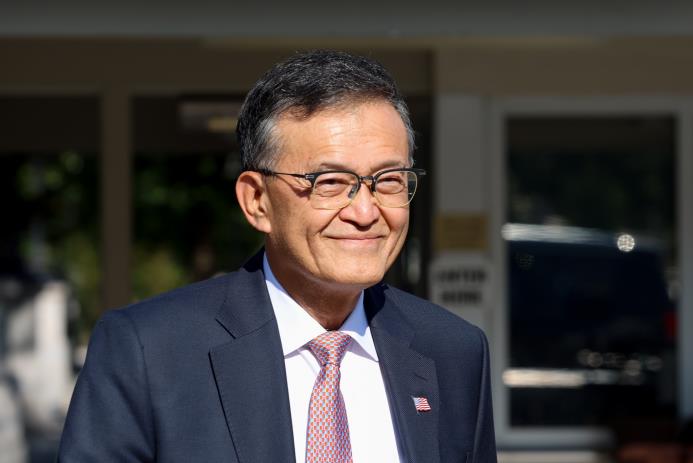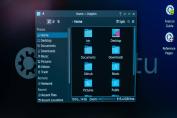
Intel's Foundry Business Takes Center Stage Amid Financial Recovery
- 24 October, 2025
Intel's Impressive Financial Rebound
Intel has surprised investors with its third-quarter earnings, exceeding Wall Street's expectations through strategic cost-cutting measures and substantial investments. Under the leadership of CEO Lip-Bu Tan, the company is navigating a path to renew its standing in the semiconductor industry.
Amid these efforts, Intel reported a remarkable $4.1 billion in net income, painting a brighter picture compared to previous consecutive losses. Critical to this success are the robust cost-reduction strategies, including layoffs and other expense cutbacks. Moreover, high-profile investments from SoftBank, Nvidia, and the U.S. government highlight a market confidence renewal in Intel's future prospects.
Strategic Investments Fueling Intel's Revival
Over the last quarter, Intel augmented its financial stability with an additional $20 billion on its balance sheet, raising its stock value significantly. Three major investments were instrumental: SoftBank's $2 billion in August, a historic U.S. government equity stake of 10%, and Nvidia's $5 billion commitment in September aimed at pioneering AI chip developments in collaboration with Intel.
“The measures we've taken to bolster our balance sheet afford us greater operational latitude and solidify our strategic execution,” said CEO Tan during the earnings call. His comments also underscored Intel's unique position as the U.S.'s leading-edge semiconductor company, bolstered by governmental backing.
Divestitures Bolstering Financial Health
Strengthening its financial position further, Intel completed the sale of its Altera ownership stake, securing $5.2 billion. This is alongside the decision to sell its stake in Mobileye, an autonomous driving technology company, signaling a strategic reallocation of resources towards core competencies.
Intel's third-quarter revenue grew by $800 million to reach $13.7 billion, a significant improvement from the prior year, showcasing a return to profitability with $4.1 billion in net income, brilliantly overturning a $16.6 billion loss reported in the previous year.
Challenges and Prospects for Intel's foundry business
Despite these financial wins, Intel's foundry business, which specializes in creating custom chips for clients, remains under intense scrutiny. Although the company has faced challenges, such as initiating substantial layoffs within this division, it remains a focal point for future growth.
With the Trump administration's investment contingent upon Intel maintaining its foundry business, the stakes are high. The administration’s terms dictate potential penalties should Intel divest from this key segment over the next five years. Wall Street analysts emphasize that for Intel to thrive, a robust strategy focused on revitalizing the foundry sector is crucial.
CEO Tan expresses optimism, stating, “We believe our foundry business is uniquely outfitted to seize the burgeoning demand for chips.” However, the path forward requires Intel to win customer trust and ensure manufacturing processes meet diverse client requirements while delivering on performance, cost, and timing commitments.
Building on Intel’s renowned reputation, the company is actively pursuing potential customers to capitalize on its foundry capabilities. As Tan articulates, establishing a world-class foundry demands time and trust, critical elements that Intel is committed to honoring as it endeavors to delight customers and solidify its industry leadership.












